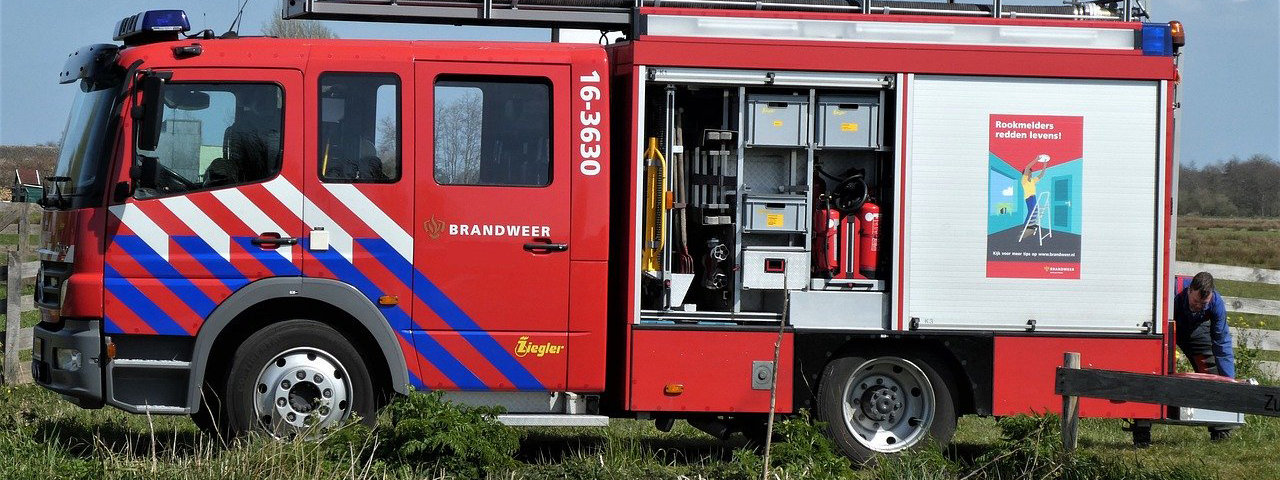Emergency responders are sometimes hindered from getting to the scene of a disaster because of obstacles on the road. Doctoral candidate Zhiyong Wang (OTB) has found a solution: a navigation system that can even guide them around moving obstacles. This could resolve a lot of the navigation problems involved with emergency response.
Existing sat nav systems can already help motorists avoid traffic queues. This is relatively simple, because queues do not move. But a sat nav is not much use if you are driving through a city where floods, fires or smoke continually alter the route. Then you will need a navigation system that uses dynamic data obtained from the site.
Zhiyong Wang used predictions obtained from simulations of moving obstacles to build his dynamic navigation system. One such simulation was of a rising flood following a dike breach. The simulation can be adapted to the local conditions using data assimilation and stochastic estimates. The navigation architecture he developed is capable of converting simulations into predictions, which Wang then links to a geo-database. “On the basis of these predictions, the system can calculate exactly where an obstacle will occur during a certain disaster,” he explains.
In order to develop the prototype he needed to sort a huge amount of data and develop many different data models. He developed path planning algorithms for ambulances, fire engines and police cars for three different types of disasters. The first algorithm can be used for disasters such as forest fires, while the second can help emergency responders to avoid such hazards as poisonous clouds of smoke. The third algorithm can calculate uncertainties in the predictions and is ideal for individually operating emergency responders.
A huge amount of data has to be processed, but according to Wang, the navigation device only needs a few seconds to calculate what route an emergency responder needs to take to safely and efficiently reach the scene without being held back by obstacles. The plan is to develop an Android application with a user interface with various colours and designs. The emergency responder simply chooses the right program for their situation.
But what does this PhD research, entitled Path planning for first responders in the presence of moving obstacles, actually have to do with Architecture and the Built Environment, the faculty where the research was conducted? Wang: “This navigation system is dependent on the knowledge of the built environment and buildings. For example, if during a disaster the emergency responders need to get people out of a building where the lifts have stopped working, they will need an alternative route out.”
Published: May 2015
More information
